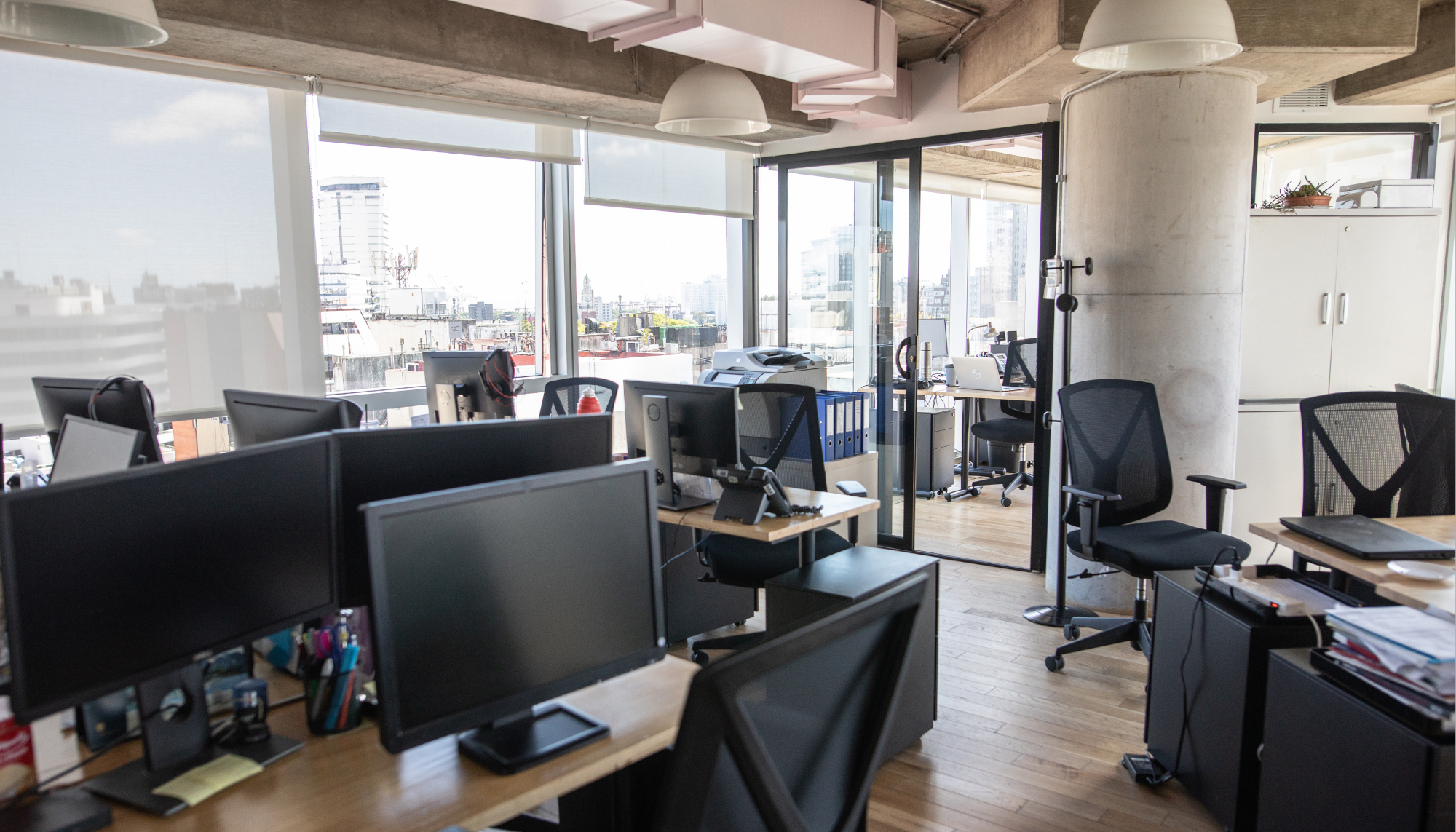As the commercial real estate (CRE) market continues to recover, office tenants are shifting from reactive downsizing toward strategic office space planning. A recent Cushman & Wakefield report reveals a 13% increase in average office lease size over the past two years. Notably, one in eight major corporate occupiers is planning to expand, signaling renewed confidence in hybrid workplace models. This also highlights the long-term relevance of physical office space. While cost-effective leasing strategies remain important, the new focus is on employee satisfaction, operational efficiency, and flexible workspaces that promote collaboration and innovation. The ongoing changes in the office market reflect broader trends in how businesses view their physical spaces.
This transformation is driven in part by improving office occupancy rates, now hovering between 51% and 60% globally. Many businesses have implemented return-to-office policies. This has led corporate leaders to reimagine how physical offices can enhance productivity, well-being, and culture. The new approach emphasizes the role of modern office environments in attracting and retaining talent. Instead of merely reducing square footage, companies are leveraging flexible workspace solutions to align with evolving workforce expectations and business goals.Today’s tenants are also prioritizing amenity-rich office buildings that offer wellness features, technology integration, and premium services.
Flexibility and experience-driven design are now key differentiators in commercial leasing decisions. Many businesses are willing to pay a premium for spaces that meet employee-centric criteria. As mass office downsizing gives way to calculated growth, the CRE market is expected to see increased lease renewals, portfolio optimization, and relocations over the next 6 to 18 months. These moves reflect a shift toward sustainable office growth and the strategic use of real estate as a competitive advantage.


